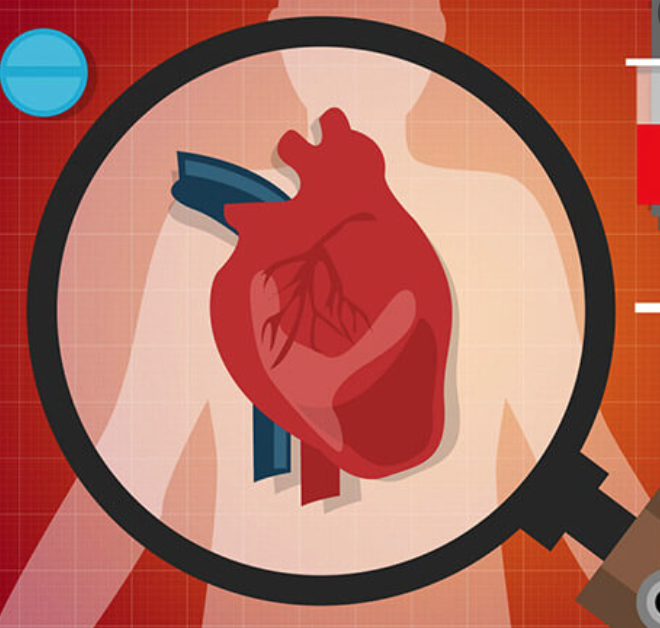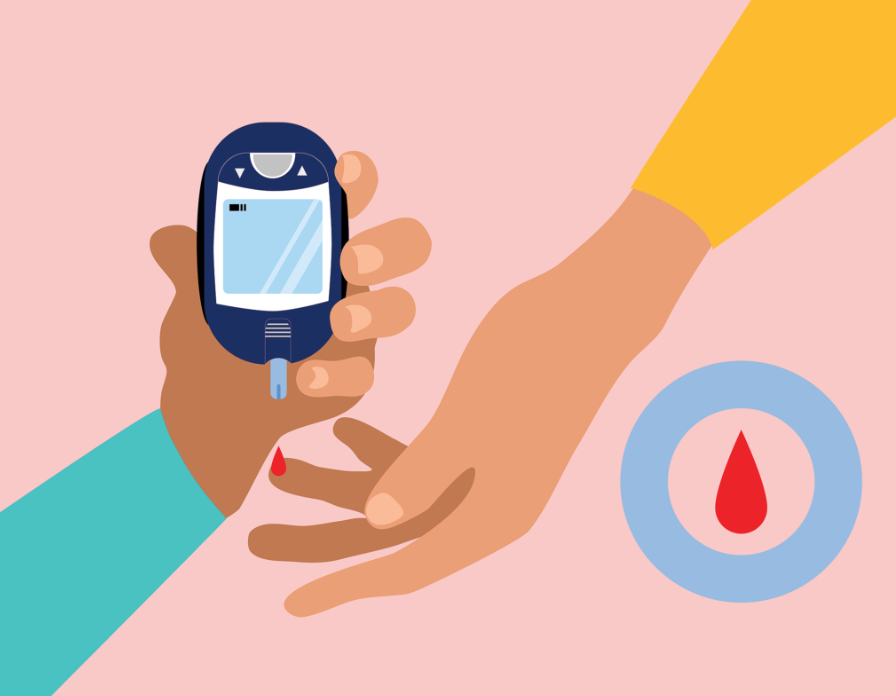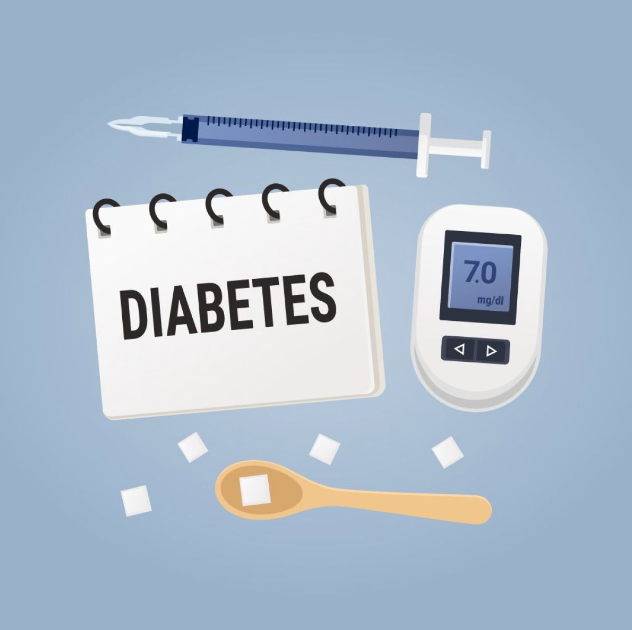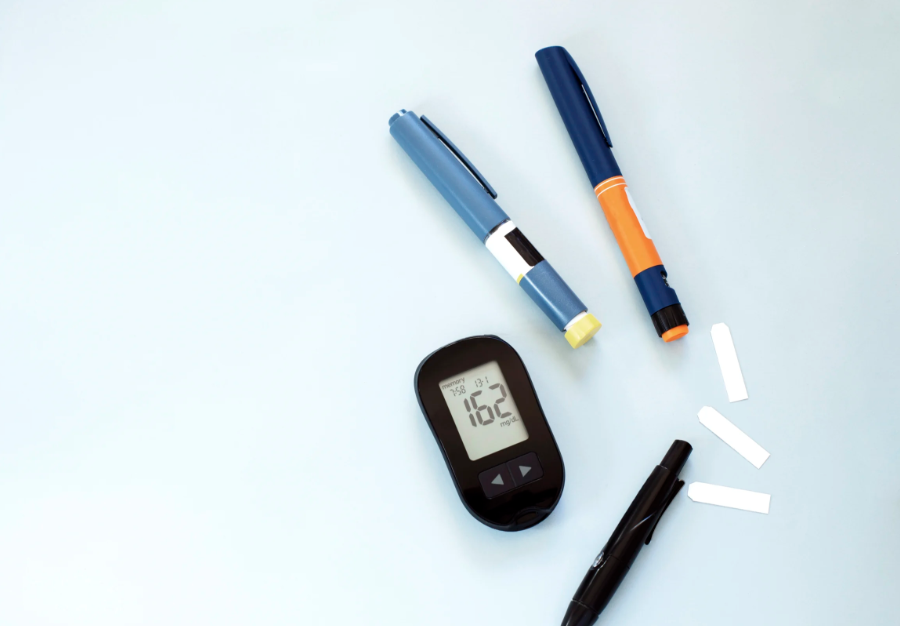Many people think diabetes is simply caused by eating too much sugar, but that is a dangerous oversimplification. While excessive sugar intake can worsen blood sugar control, the disease is far more complex. Diabetes arises from multiple biological and environmental factors that influence how the body produces and uses insulin, how cells respond to it, and how metabolism as a whole functions. Understanding the full picture is essential to prevention, early detection, and effective management. Without this knowledge, people are left blaming diet alone, missing opportunities to address underlying drivers of the condition.










